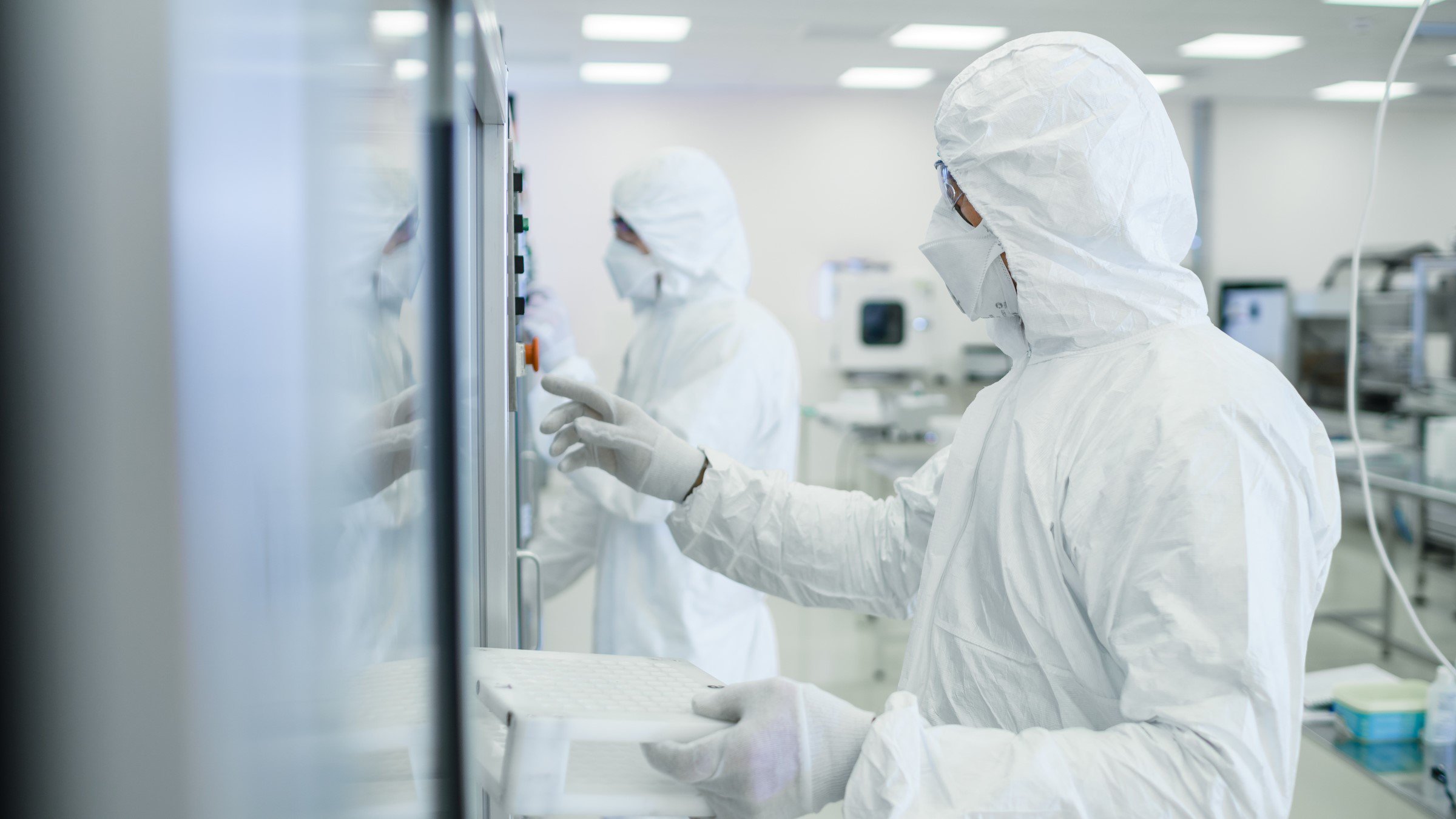When small and mid-size biological producers decide to incorporate single-use systems in their manufacturing facility, a long list of other critical decisions soon follows. But one of the most impactful choices they make, especially when building a facility, is the process control system.
To ease compliance, reduce batch cycle times and get to market faster, these companies need integrated production processes and information-driven operations — capabilities found in the traditional large, monolithic distributed control systems (DCS). What those systems don’t provide is the flexibility required to meet production needs for smaller-volume processes using single-use equipment.
Equipment-level automation isn’t an ideal option, either. This approach — where each unit operation has a dedicated control system and user interface — creates challenges for the system administrator, such as islands of automation that complicate centralized data collection and user account management.
There’s a better approach to automation that builds for the future. A modern DCS allows producers to incorporate plug-and-play equipment in a scalable, flexible, secure system that uses the latest technology (e.g., industrial ethernet, faster controllers, scalable distributed software) and practices (e.g., cyber-security standards). With a flexible system in place, you’re able to:
- Evolve operations over time
- Meet regulatory requirements
- Reduce validation effort
- Incorporate newer digital technologies and analytics
- Lower the total cost of ownership
For those outcomes to occur, you need to lay the foundation early in the process of building a new facility with single-use equipment. By making the correct choices in key areas during the design phase, you’ll feel the impact throughout the life of your facility. We’ll cover two of those areas right now and then the remaining four in Part 2 of this blog.
Network infrastructure
A good starting point for designing a control system is the network infrastructure. Producers should consider how a facility’s communications backbone will meet current needs with simplified connections and seamless data access, while providing the flexibility and scalability needed to accommodate future operational and technology changes.
Legacy fieldbus network protocols used in many pharmaceutical plants today can create challenges in a single-use facility. For example, data limitations can restrict a producer’s ability to get valuable diagnostic data from devices and instrumentation. Due to its inflexible nature, legacy fieldbus can also be harder to maintain and scale if the network infrastructure needs to change to support new technologies over time.
A modern industrial network protocol, such as EtherNet/IP, does not have these limitations. On EtherNet/IP, single-use equipment and instrumentation can be easily configured to communicate with and publish rich diagnostic data to the process control system. This communication builds into scalable plant-wide ethernet architectures through switches and other network devices. This plug-and-play connectivity creates a simpler plant infrastructure, with only power and ethernet cabling required to connect unit operations, and it allows for ease of expansion and easier equipment change-out.
Operational flexibility
Automation may not be on a producer’s mind when developing a new biologic or while in the early stages of clinical trials. It’s never too early to be thinking about automation because the optimal automation setup can provide significant operational flexibility and greatly reduce the effort involved in tech transfer.
Take the example of a start-up biologic company that invests in single-use equipment with a modern DCS. The equipment can be flexibly assembled into a process train and run manually during early process development, which allows settings to be changed as the process is being fully developed.
Once the company is ready to produce at a commercial scale, the equipment can be easily configured to run repeatable recipes with no major software updates, because the recipe is assembled from the same manual phases run in development. The equipment can even revert to manual operation if an issue arises where intervention is required.
Additionally, equipment can be repurposed and used in a different process because each individual piece of equipment has a full set of functionalities, essentially making each component a replaceable part.



